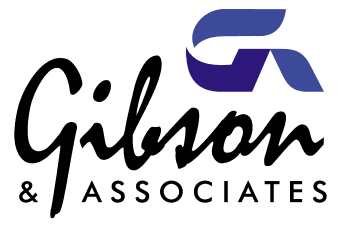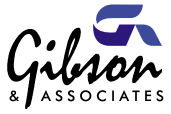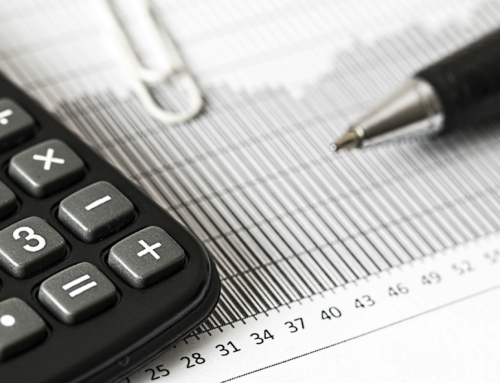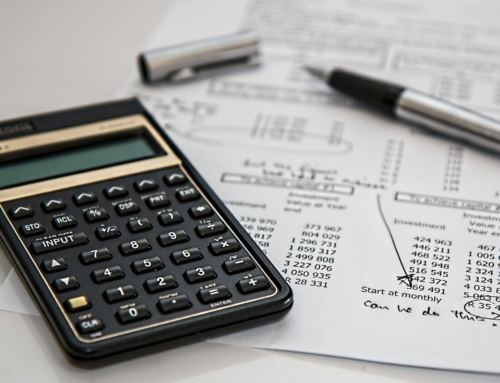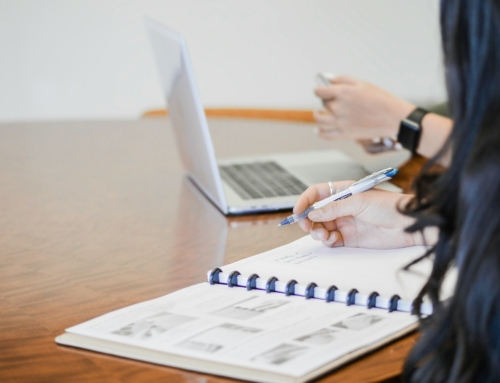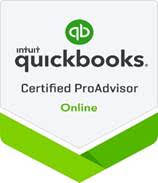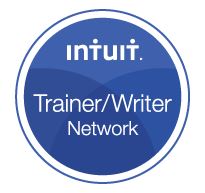 If not, please don’t be embarrassed! So many of our clients struggle to understand not only how to read their financial statements, but also use them to make solid decisions.
If not, please don’t be embarrassed! So many of our clients struggle to understand not only how to read their financial statements, but also use them to make solid decisions.
The Balance Sheet is one of the important reports in your business’s financial statements, and many business owners are unsure of what all of the numbers mean. And, this is not just SMALL business owners—I guarantee that there are many professionals running companies, agencies and non-profits that have no clue. So…let’s see if we can shed some light on what they mean.
A Summary of Balances
One big characteristic of a balance sheet is that it represents one specific date in time, for example, Today…or Tomorrow…or you fill in the date. The numbers represent balances, and since the balances change daily, a balance sheet only represents one point in time versus a range of time such as a Profit and Loss report shows.
Three Parts
There are three parts to a balance sheet, and it is always formatted the same—in the United States, anyway. The top part or first part is the assets, or what you own. Most balance sheets start off with cash balances, and these typically represent what you have in the bank less any uncashed checks that could reduce your account once they come in.
If customers owe you money that you have invoiced but not collected, you might see an Accounts Receivable balance on your balance sheet—also in the Current Assets section. Current assets are expected to be “used” within the year.
If you sell products, the cost of all of them that you haven’t sold yet, and that you may have stored in a warehouse or store, is in the Inventory account—also in the Current Assets section.
If you own equipment, furniture, cars or trucks or something similar that lasts for years, you will have a balance in Fixed Assets for what you paid for these items minus any depreciation that has been calculated, Accumulated Depreciation. A Fixed Asset is an asset that should last you longer than a year—they are more permanent than Current Assets.
What You Owe
The next section is for Liabilities, and if you owe money for taxes, to vendors, or to employees, then it will show in the Liabilities section which is the second of three major sections of a balance sheet. Day-to-day unpaid bills are in an account called Accounts Payable.
If you have bank loans, they usually each have a separate account to make tracking easier; and if it’s a short-term loan (including credit cards), they are grouped together in Current Liabilities. Loans that are payable over a year are grouped as Long-term Liabilities. Each bank loan account represents the principal due on a loan—when you pay the loan every month, the principal is subtracted from the outstanding balance and the interest portion is posted as an interest expense (on your P&L report).
Equity
The final section of the balance sheet is Owner’s Equity. It is the section that will vary the most depending on the type of entity your business is set up as. For example, if your business is a corporation, then there will be a common stock account which will represent the original amount of money you put into the business; it will match the Articles of Incorporation that you drew up when you incorporated. This amount will rarely ever change for the life of the business.
There is also usually an account called Paid-in Capital, or Member’s Investment, which is how much additional money you’ve put in or taken out of the company beyond the common stock balance.
A corporation will also have a Retained Earnings account. This reflects accumulated profit (or loss) through the years of operation.
If your business is set up as a partnership, the equity section will include an account for each partner that represents their balance in the firm, which is the net amount of money they have put into the business over the years plus or minus the business income or loss through the years.
Keeping It Simple
These are the very basics of the numbers represented on your balance sheet. We would love to have you join us for one of our upcoming seminars, workshops, online learning programs and FB Lives!
